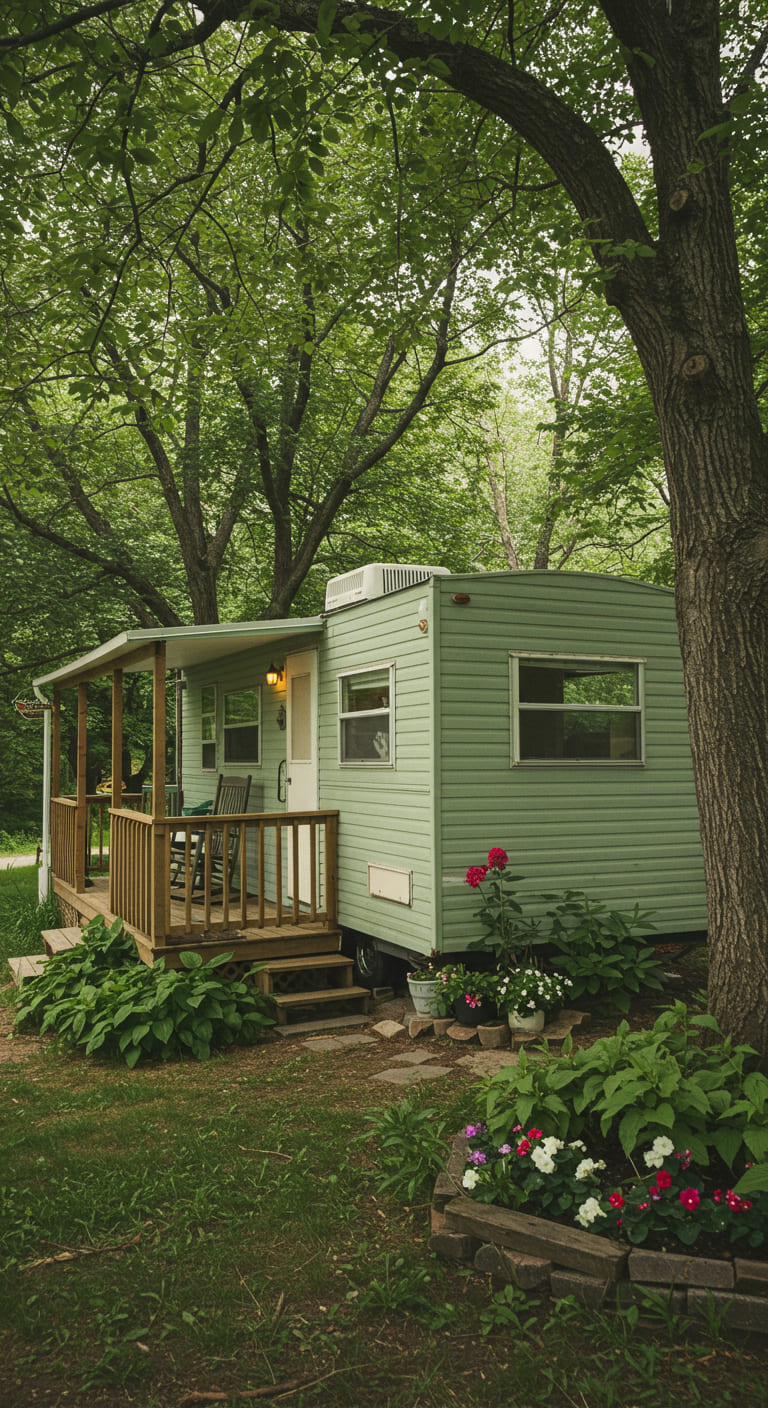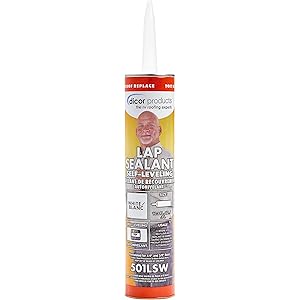As I embarked on my journey to understand more about trailer homes, I quickly realized that the materials used in their construction play a pivotal role in their durability, comfort, and energy efficiency. Trailer homes, often referred to as mobile homes or manufactured homes, have evolved significantly over the decades. In this article, I’ll explore the various materials that go into constructing these unique dwellings, the benefits and drawbacks of each, and how they ultimately contribute to the lifestyle they offer. Let’s dive in!
The Basics of Trailer Home Construction
Before we delve into the specifics of materials, it’s essential to understand how trailer homes are constructed. Unlike traditional houses built on a foundation, trailer homes are built in a factory and then transported to their final location. This factory-built process allows for greater efficiency and often lower costs. However, it also means that the choice of materials is crucial to ensure safety and comfort.
Types of Trailer Homes
There are primarily two types of trailer homes:
- Single-Wide: Typically between 600 to 1,300 square feet, these homes are a single section that can be transported easily.
- Double-Wide: These homes consist of two sections that are joined once placed on-site, often providing more space and layout options.
Materials Used in Trailer Homes
Now, let’s get to the heart of the matter. The materials used in trailer homes can vary, but there are common components that most manufacturers utilize. Here’s a closer look:
1. Frame and Structure
The frame of a trailer home is critical for its stability and durability. Most trailer homes utilize:
- Steel Frames: Steel is favored for its strength and resistance to pests. It’s lightweight yet incredibly robust, making it ideal for the frame of a mobile home.
- Wood Frames: Some manufacturers still use wooden frames, which can be more cost-effective. However, wood is susceptible to rot and pest damage.
2. Exterior Walls
The exterior walls of trailer homes are designed to withstand the elements. Common materials include:
- Vinyl Siding: Durable and low-maintenance, vinyl siding is popular due to its variety of colors and styles.
- Wood Siding: Though less common today, wood siding provides a classic aesthetic but requires more maintenance to prevent decay.
- Metal Siding: Often used for its durability and resistance to fire, metal siding is also low-maintenance and can provide a modern look.
3. Insulation
Proper insulation is vital for energy efficiency and comfort. The types of insulation commonly used include:
- Fiberglass Insulation: This is the most common type, providing excellent thermal resistance.
- Foam Board Insulation: Offers superior insulation properties and is often used in conjunction with other materials.
- Spray Foam Insulation: Although more expensive, it provides an airtight seal, which can drastically improve energy efficiency.
4. Roofing Materials
The roof of a trailer home needs to be both durable and lightweight. Common materials include:
- Metal Roofing: Known for its durability and longevity, metal roofing is resistant to harsh weather.
- Asphalt Shingles: A more traditional choice, asphalt shingles are cost-effective but may not last as long as metal options.
- Rubber Roofing: Often used for flat roofs, rubber is lightweight and provides excellent waterproofing capabilities.
5. Flooring
The flooring in trailer homes must be functional and aesthetically pleasing. Common options include:
- Vinyl Flooring: This is affordable, easy to clean, and comes in various styles.
- Laminate Flooring: Offers the look of wood while being more resistant to scratching and moisture.
- Carpet: While comfortable, carpet can trap allergens and may not be the best choice for those with allergies.
Case Studies: Comparing Materials in Real Trailer Homes
To further illustrate the importance of material choice, let’s take a look at a couple of case studies of trailer homes that stand out in different aspects.
Case Study 1: Eco-Friendly Trailer Home
One remarkable example is a trailer home built using sustainable materials. This home features:
- Reclaimed Wood: Used for the interior finishes, it not only looks stunning but also reduces waste.
- Metal Roof: Chosen for its longevity and recyclability, contributing to the home’s eco-friendliness.
- Solar Panels: Installed on the roof to harness renewable energy, minimizing the carbon footprint.
Case Study 2: Affordable Family Trailer Home
Another example is a family-oriented trailer home that balances affordability with comfort. This home employs:
- Vinyl Siding: Chosen for its low maintenance and durability, perfect for a busy family.
- Laminate Flooring: Provides a stylish look while being easy to clean, which is essential for families with children.
- Fiberglass Insulation: Ensures that the home remains energy efficient, keeping utility costs low.
Benefits of Understanding Trailer Home Materials
Understanding the materials used in trailer homes can empower potential buyers and current owners alike. Here are some benefits:
- Informed Decision-Making: Knowing the materials can help you make informed choices when purchasing or renovating a home.
- Cost Efficiency: Understanding the longevity and maintenance needs of materials can save money in the long run.
- Energy Efficiency: Awareness of insulation types and energy-efficient materials can lead to lower utility bills.
Challenges and Considerations
While trailer homes offer numerous benefits, it’s essential to consider potential challenges related to materials:
- Durability: Some materials may not withstand harsh weather conditions, leading to repairs or replacements.
- Energy Efficiency: Poor insulation can result in high heating and cooling costs, negating the benefits of a mobile home.
- Resale Value: The choice of materials can impact the resale value of a trailer home, with some materials being more desirable than others.
Future Trends in Trailer Home Construction
As I reflect on the future of trailer homes, several trends are emerging that could significantly influence materials used in construction:
- Smart Home Technologies: Integration of smart technologies for energy management and safety features.
- Sustainable Materials: Increased use of recycled and sustainable materials in construction.
- Modular Designs: More customizable layouts and designs that cater to individual needs and preferences.
Conclusion
In conclusion, understanding what trailer homes are made out of is not just about curiosity; it’s a vital aspect of making informed decisions about living in or purchasing a mobile home. The materials used—from the frame to the roofing—significantly influence the durability, comfort, and efficiency of these homes. As the industry continues to evolve, staying informed about the latest trends and materials will empower individuals to choose wisely for their unique lifestyles.
If you found this article informative, I encourage you to join the conversation! Share your thoughts, experiences, or questions about trailer homes in the comments below. Don’t forget to sign up for our newsletter for more insightful articles, and share this with your friends and on social media. Together, let’s foster a community that appreciates the unique charm and practicality of trailer living!
FAQ
Q: Are trailer homes built to the same standards as traditional homes?
A: Yes, trailer homes, especially those built after 1976, must meet specific federal standards set by the Department of Housing and Urban Development (HUD).
Q: How long do trailer homes typically last?
A: With proper maintenance, trailer homes can last 30 years or more, depending on the materials used and environmental factors.
Q: Can I customize a trailer home?
A: Yes, many manufacturers offer customizable options for layout, materials, and finishes to suit individual preferences.
Dicor 501LSW-1 HAPS-Free Self-Leveling Lap Sealant for horizontal surfaces - 10.3 Oz, White, Secure, Ideal for RV Roofing, Maintenance, Repair, Appliance Application
$12.82 (as of October 3, 2025 06:08 GMT -03:00 - More infoProduct prices and availability are accurate as of the date/time indicated and are subject to change. Any price and availability information displayed on [relevant Amazon Site(s), as applicable] at the time of purchase will apply to the purchase of this product.)
Sign up for our newsletter and stay up to date with exclusive news
that can transform your routine!





